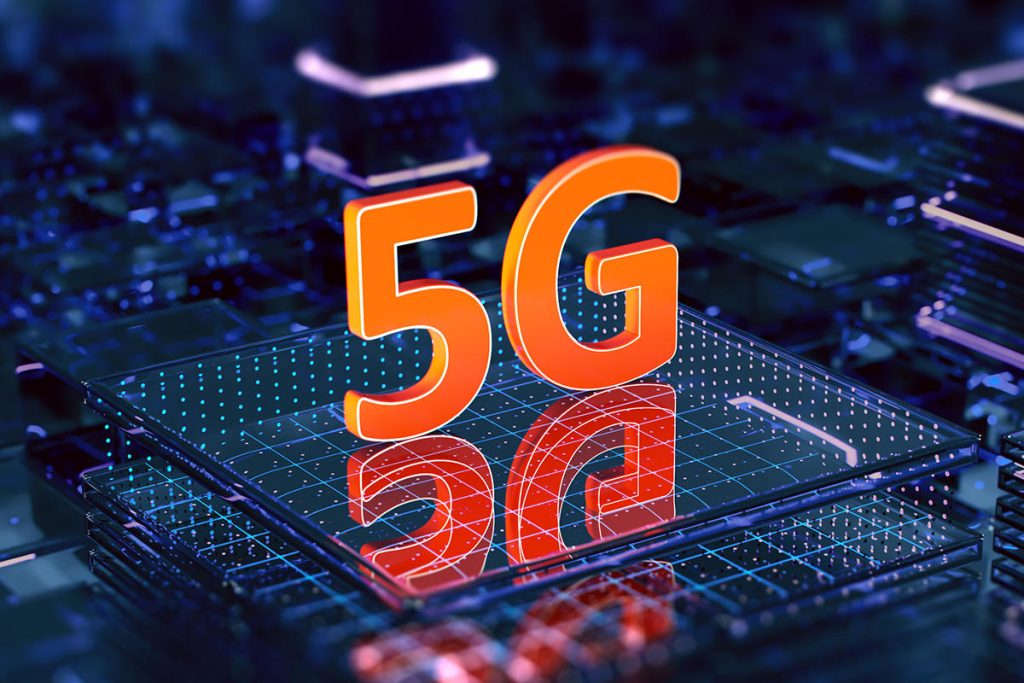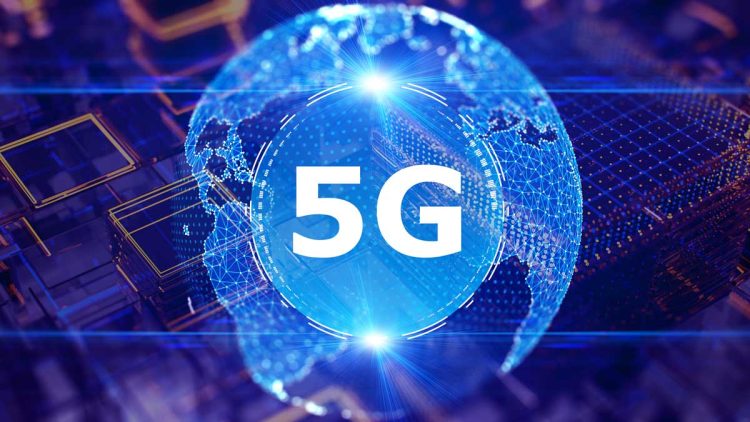Introduction: The Global Rollout of 5G and Its Implications
The fifth generation of wireless technology, known as 5G, is poised to transform the way we live, work, and interact with the world around us. With its global rollout already underway, 5G promises to bring lightning-fast speeds, ultra-low latency, and unprecedented connectivity to billions of people and devices. As 5G networks expand, they will unlock new opportunities in sectors ranging from healthcare and transportation to entertainment and manufacturing, changing not just how we communicate, but how we experience the world.
The evolution from 4G to 5G is more than just an incremental upgrade. 5G is designed to be a game-changer—enabling the next phase of digital transformation by supporting massive increases in data traffic, fostering the growth of the Internet of Things (IoT), and enhancing the capabilities of emerging technologies like artificial intelligence, autonomous vehicles, and smart cities. This technology will pave the way for faster, more reliable, and more efficient communication networks that are essential for an increasingly connected world.
While 5G networks are still being deployed in many regions, the broader implications of this next-gen technology are already becoming clear. And beyond 5G, researchers are already looking ahead to the next step in connectivity: 6G. In this article, we will explore how 5G is changing the communication landscape, examine its role in shaping the Internet of Things (IoT), and look at the possibilities of 6G and the challenges involved in global 5G deployment.
Speed and Latency Improvements: How 5G Changes the Communication Landscape
One of the most talked-about benefits of 5G is its ability to significantly improve speed and reduce latency. 5G networks are expected to offer peak download speeds of up to 20 Gbps, which is up to 100 times faster than 4G. This increase in speed will not only make streaming ultra-high-definition (UHD) content more seamless but will also facilitate the transfer of massive datasets, making everything from cloud gaming to virtual reality (VR) and augmented reality (AR) applications more immersive and responsive.
Latency, or the delay in transmitting data between devices, is another critical area where 5G outperforms 4G. 5G aims to reduce latency to as low as 1 millisecond, compared to 30–50 milliseconds in 4G networks. This dramatic reduction in latency will have a profound impact on applications that require real-time communication, such as autonomous vehicles, remote surgery, and industrial automation. For example, autonomous vehicles will rely on ultra-low latency for real-time decision-making, enabling them to respond to changing road conditions, traffic signals, and obstacles without delay.
In addition to its impact on consumer experiences, the speed and latency improvements brought by 5G are essential for business applications as well. Industries such as manufacturing, healthcare, and finance will benefit from faster, more reliable connectivity that supports real-time data analysis, advanced machine learning, and AI-powered decision-making. With 5G’s potential to unlock real-time insights from massive data sets, we can expect increased efficiency, reduced costs, and more agile business operations across various sectors.

The Role of 5G in IoT: Connecting Billions of Devices for Smarter Cities and Industries
5G is not just about improving the communication between people; it also plays a crucial role in enabling the Internet of Things (IoT). The IoT refers to the growing network of physical devices—everything from smart home appliances and wearables to industrial machinery and vehicles—that are connected to the internet and capable of collecting, sending, and receiving data. As the number of connected devices continues to rise, the need for faster, more efficient connectivity has never been greater.
5G is designed to support massive IoT networks by offering the ability to connect millions of devices per square kilometer. This is a crucial improvement over 4G, which struggles to support such high device densities. With 5G, cities and industries can scale their IoT networks to accommodate the growing number of connected devices, creating the foundation for smarter, more efficient systems.
For example, in smart cities, 5G will connect everything from traffic lights and street sensors to waste management systems and environmental monitoring tools. This level of connectivity will enable cities to collect real-time data on everything from traffic flow to air quality, which can then be used to optimize city infrastructure and services. For industries like agriculture, manufacturing, and logistics, 5G will enable the automation and remote monitoring of operations on an unprecedented scale. Sensors on farm equipment, factory floors, and delivery vehicles will be able to transmit data in real-time, allowing businesses to monitor operations more efficiently, predict maintenance needs, and optimize resource allocation.
The high bandwidth, low latency, and scalability offered by 5G are essential to making these smart cities and industries a reality. As more and more devices become interconnected, 5G will ensure that data flows smoothly and securely, enabling businesses and municipalities to make informed, real-time decisions that improve efficiency and quality of life.
Beyond 5G: Looking at 6G—Early Research on the Possibilities and Promises of 6G
While 5G is still being rolled out globally, researchers are already looking ahead to 6G, the sixth generation of wireless technology. 6G is expected to build on the advancements of 5G, offering even faster speeds, lower latency, and more reliable connectivity. However, the potential of 6G goes far beyond just improving existing technologies—it promises to enable entirely new applications that are still in the realm of science fiction today.
One of the key goals of 6G is to achieve data transfer speeds of up to 100 Gbps, which is five times faster than the maximum theoretical speed of 5G. Such speeds could enable ultra-high-definition holographic communication, where people could interact with 3D holograms in real-time, creating immersive and lifelike experiences without needing physical presence. This could revolutionize fields such as telemedicine, remote collaboration, and education.
Another major area of focus for 6G research is artificial intelligence (AI). 6G is expected to integrate AI natively into the network, allowing networks to self-organize, self-optimize, and adapt to changing conditions in real-time. This could drastically reduce the need for manual network management and enable autonomous systems to make decisions and adjust to varying levels of demand without human intervention.
Additionally, 6G will aim to support ultra-low-power devices, enabling the widespread deployment of connected sensors, wearables, and IoT devices that can run for extended periods on minimal energy. This will be especially important for applications like remote healthcare monitoring, where battery life is critical.
Although 6G is still in the early stages of research, its potential to revolutionize communication and enable futuristic applications makes it one of the most exciting technological developments to watch in the coming years.
Challenges in Global 5G Deployment: Infrastructure Hurdles and Spectrum Issues
Despite the transformative potential of 5G, its global deployment is not without challenges. One of the major hurdles is the need for new infrastructure. 5G requires a denser network of small cell towers and base stations compared to previous generations of wireless technology. These small cells need to be installed in urban areas, rural regions, and even remote locations to ensure reliable coverage. The process of building this infrastructure is time-consuming and expensive, and it requires cooperation from governments, telecom operators, and local communities.
Moreover, 5G operates on higher frequency bands than 4G, which means it has a shorter range and is more easily obstructed by physical objects. To overcome this, 5G networks require a greater number of base stations and small cells, especially in densely populated areas. This creates a logistical challenge for network providers who need to ensure seamless coverage while dealing with regulatory, zoning, and environmental concerns.
Another challenge lies in the allocation of spectrum, the invisible radio waves that telecom operators use to transmit data. Spectrum is a finite resource, and the demand for bandwidth has skyrocketed with the advent of 5G and the increasing number of connected devices. Governments and regulatory bodies need to allocate spectrum in a way that meets the needs of 5G networks while balancing the interests of various industries and minimizing interference.
Finally, the cost of 5G deployment is a significant concern. Telecom operators are investing billions of dollars into building out their 5G networks, and there are questions about whether they can recoup these costs through consumer and business subscriptions. In some regions, the economic viability of 5G could be a barrier to widespread adoption, particularly in lower-income areas.
Conclusion: How 5G and Beyond Will Redefine Connectivity in the Next Decade
The rollout of 5G is the beginning of a new era of connectivity, one that promises to redefine how we communicate, work, and live. From enabling smart cities and industries to fostering advancements in AI, autonomous vehicles, and healthcare, 5G will be the backbone of the next phase of digital transformation. However, the journey to a fully connected world will not be without its challenges, including the need for significant infrastructure investments, spectrum allocation, and overcoming technical limitations.
Looking further ahead, 6G promises to push the boundaries even further, enabling new applications that are only beginning to take shape. With breakthroughs in AI, holographic communication, and ultra-low-power devices, 6G will take us beyond what we can imagine today.
The next decade will witness the profound evolution of connectivity, where 5G and beyond will transform industries, economies, and societies at large. As we move toward this new frontier, the way we connect with each other—and with the world around us—will be forever changed.


















































Discussion about this post